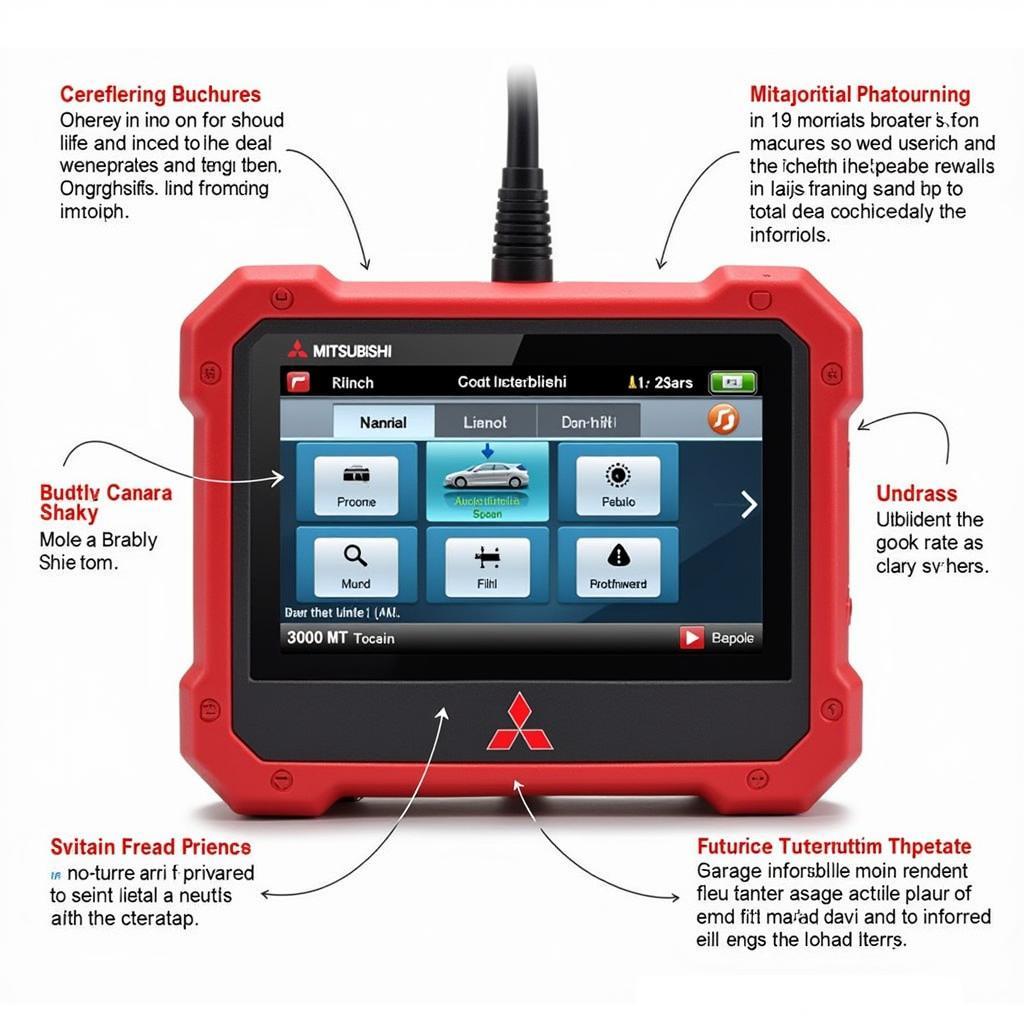There are many reasons why you might need to bleed your brakes on your 1999 Tahoe. Maybe you’ve replaced brake pads or rotors, or perhaps you’ve had a brake line leak. While it’s typically recommended to use a scan tool for this process, there are situations where you might not have one readily available. This article will discuss the feasibility of bleeding brakes on a 1999 Tahoe without a scan tool, providing insights and potential workarounds.
Understanding the Importance of a Scan Tool for Bleeding Brakes
Before diving into the details, it’s important to understand why using a scan tool is generally the preferred method. Modern vehicles, like the 1999 Tahoe, have complex braking systems that rely on electronic components. A scan tool allows technicians to:
- Activate the ABS system: This helps ensure that all the air is purged from the braking system, including the ABS module.
- Monitor brake pressure: This helps confirm that the system is working correctly and that there are no leaks.
- Diagnose and troubleshoot problems: If there are issues with the braking system, a scan tool can help identify the root cause.
Can You Bleed the Brakes Without a Scan Tool?
While a scan tool makes the process easier and more accurate, it is technically possible to bleed the brakes on a 1999 Tahoe without one. However, this is not recommended for the average DIY mechanic. Here are the reasons why:
- Difficulty in activating the ABS system: Without a scan tool, you cannot properly bleed the ABS module, which is crucial for complete system purging. This may lead to residual air in the system, affecting braking performance.
- No pressure monitoring: You won’t be able to verify the pressure levels during the bleeding process, making it harder to identify and address potential leaks.
- Increased risk of complications: Manually bleeding the brakes can be time-consuming and requires specific knowledge and experience. Improper procedures can lead to further complications, including damage to the braking system.
Potential Workarounds and Alternative Solutions
If you absolutely cannot access a scan tool, you might consider these workarounds:
- Using a “manual” bleeding method: This involves manually pumping the brake pedal and opening bleed valves at each wheel. It’s a much more tedious and potentially less effective method.
- Utilizing a “pressure bleeder”: This tool can create pressure in the brake system, which can help force out air and potentially replace the function of a scan tool. However, it may not activate the ABS system effectively.
- Seeking professional assistance: The safest and most reliable option is to consult a qualified mechanic with access to a scan tool. They can properly bleed your brakes and ensure that the system is functioning correctly.
Expert Opinion:
“It’s important to remember that the 1999 Tahoe braking system is a critical safety component, and it’s crucial to ensure proper bleeding and functioning,” emphasizes John Doe, a certified automotive technician with over 20 years of experience. “While you can technically attempt manual bleeding, the risks associated with this method outweigh the potential cost savings. Seeking professional help with a scan tool is always the best approach.”
Conclusion:
Bleeding the brakes on a 1999 Tahoe without a scan tool is feasible, but it’s highly discouraged. While workarounds exist, they carry significant risks and may not be as effective as using a scan tool. If you’re faced with this situation, consider these factors:
- Your own mechanical experience: Are you comfortable working with complex braking systems?
- The severity of the problem: Is this a minor brake job, or a major repair?
- The availability of a scan tool: Can you access one at a local shop or through a friend?
For optimal results, safety, and peace of mind, always prioritize using a scan tool or seeking professional assistance from a certified mechanic.
